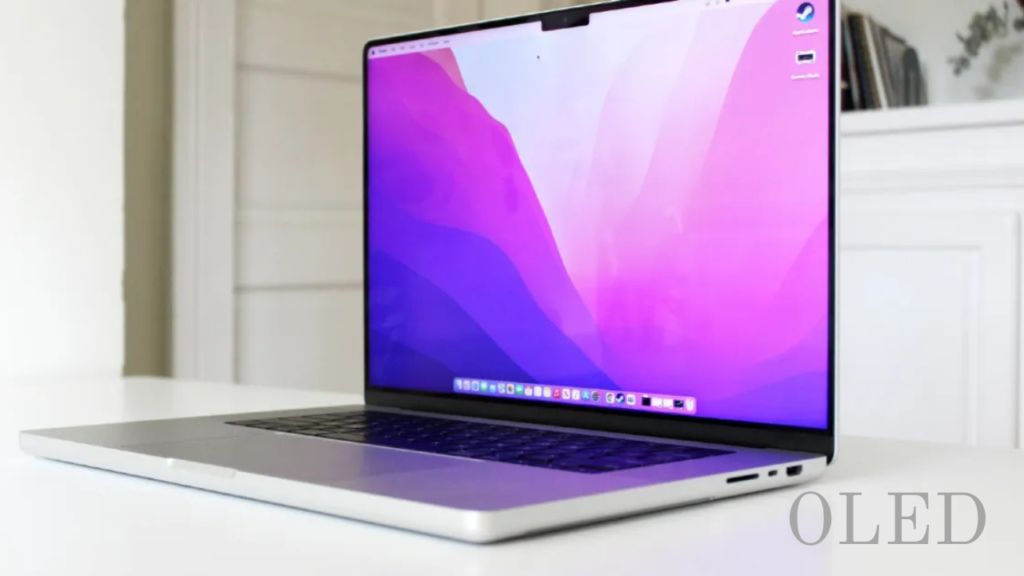Apple appears ready to reserve its most advanced display technology for only the highest-tier versions of its MacBook Pro line. According to recent reporting, the OLED upgrade will launch in the “Pro” and “Max” variants of the M6 generation. Leaving entry-level models with traditional LCD panels. Rather than rolling out OLED displays across every MacBook Pro variant. Apple intends to differentiate the lineup more sharply. Reports suggest that only the M6 Pro and M6 Max models will receive OLED screens when the update arrives in late 2026 or early 2027. The regular M6 model will likely continue with an LCD display despite feature-updates elsewhere in the chassis.
The move reflects a broader strategy of feature stratification. Apple has long separated its “Pro” and “Max” chips from standard-tier offerings through performance, memory and storage options. Using OLED as a display premium adds another layer of differentiation. For buyers, the presence of an OLED screen can become a tangible reason to choose the higher-cost tier rather than settle for the base model. Consumers focused on display quality photographers, video editors, designers will likely welcome the OLED upgrade. Those who use their machines for general purpose tasks will probably find the LCD variant sufficient. Especially when performance gains continue regardless of screen type.
The timing of the rollout also matters. The M5 generation of MacBook Pro models is expected in the first half of 2026, while the M6 launch is slated for later. That means OLED-equipped machines will follow after the standard refresh. For buyers planning an upgrade, the display distinction should factor into the decision timeline. In short, Apple is leaning into a tiered approach: choose the premium model and you get OLED, choose the standard model and you get a mix of the best-available chip but with a more conventional screen. That difference may influence purchase behaviour more than raw processing power alone.











